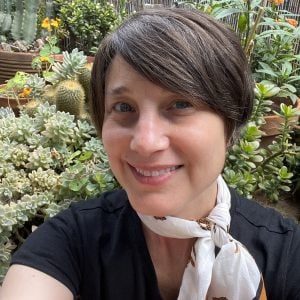“We keep as much in-house as possible,” says Tecture creative director David Michael, showing me around the bustling and cavernous Barrio Logan warehouse that has been his design and fabrication studio’s headquarters for seven years. “We have to keep the details tight.”
Inside, computer-aided drafting (CAD) designers, creatives, and fabricators work under one roof alongside large-scale machines like a computer numerical control (CNC) router that makes intricate shapes in rigid materials and a plasma cutter that “draws” cuts in metal. Samples line the workshop walls, each a mini-artwork in its own right.
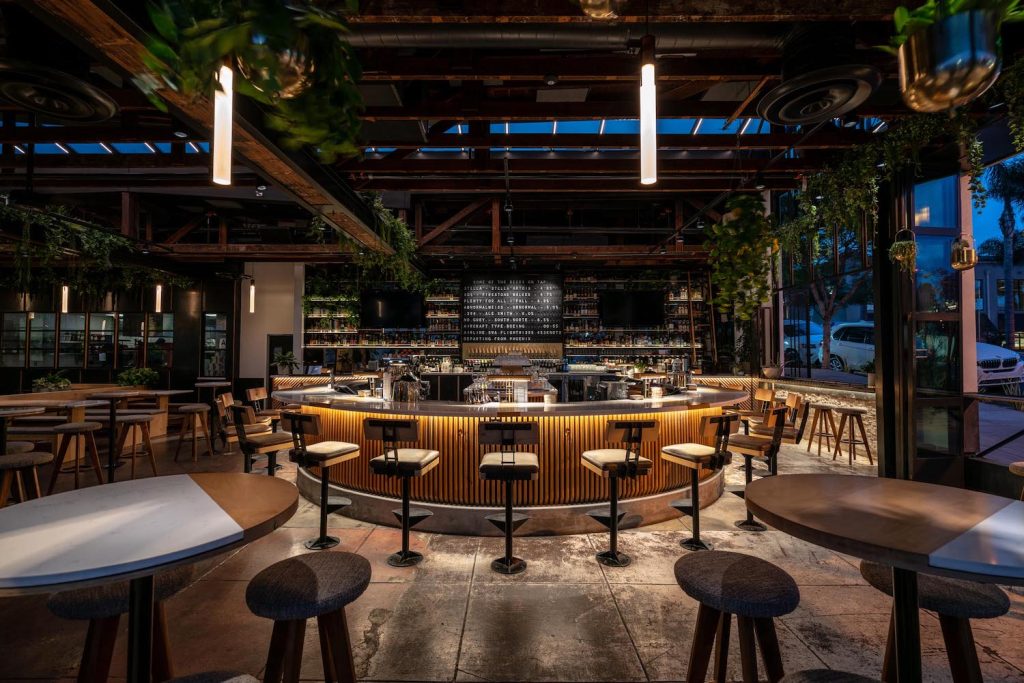
Notlia Hall’s ceiling-length skylight and comfy leather booths.
Tecture started as a group of graduates from San Diego’s New School of Architecture & Design who banded together in 2012, when the economy was still slumping under the Great Recession. “To get by, we were building stuff for our former teachers out of a garage,” Michael says. But, eventually, from that same garage came restaurant build-outs for Kettner Exchange and Patio on Goldfinch. Those big breaks put Tecture on the map, landing them contracts with major players in SD and beyond (though details are still under wraps, the team is currently at work on a project with LAX).
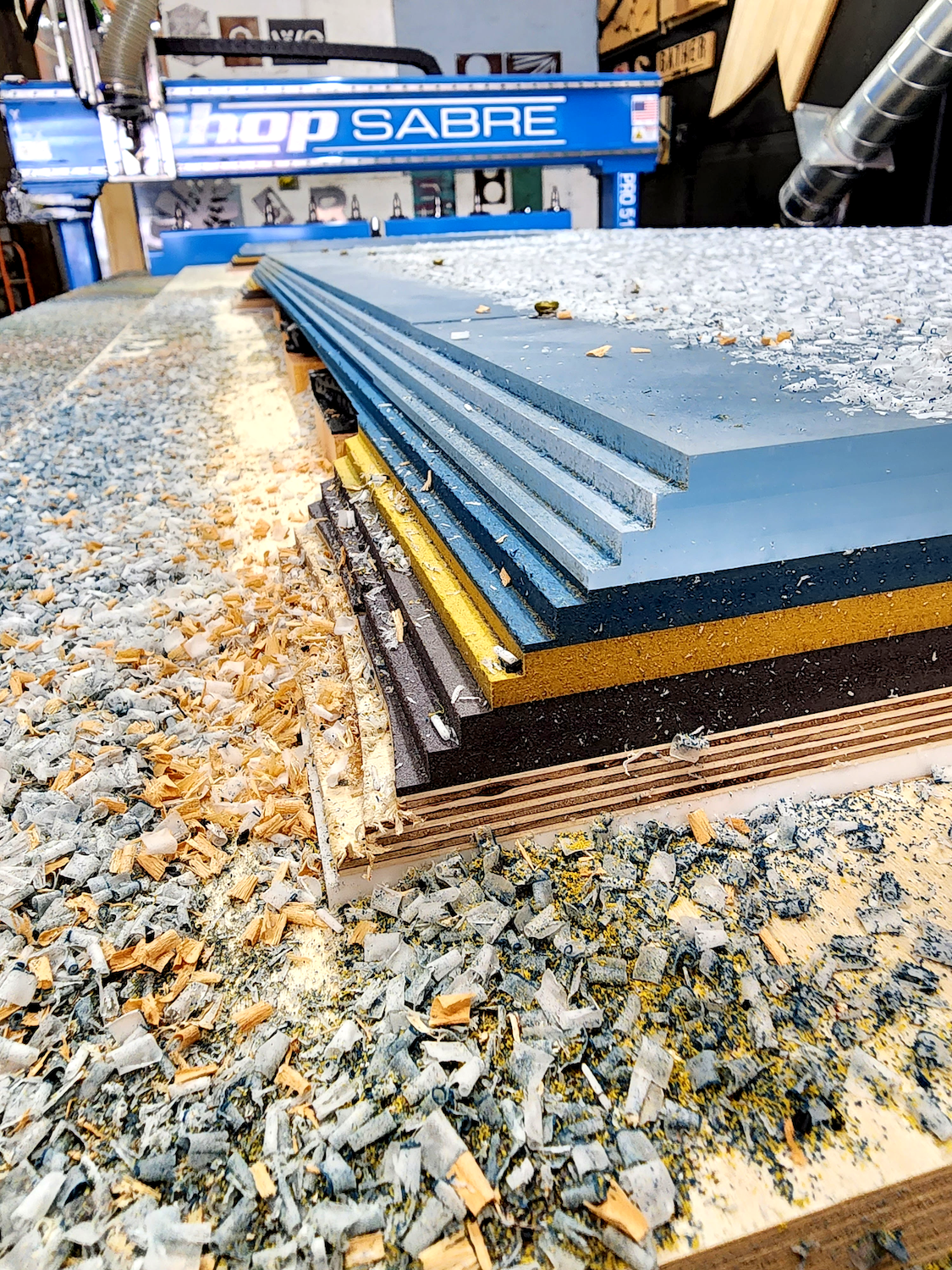
Industry partners seek out Tecture for that “cool” factor with distinctive details, like Nolita Hall’s ceiling-length skylight and plush leather seating subtly stitched with the restaurant’s logo, or Bankers Hill residence Secoya’s steel SD city map and sequoia-shaped door handles. North County “agrihood” development Fox Point Farms contracted Tecture to design the onsite eatery and incorporate the farm-to-table concept literally into the woodwork: resin tabletops are infused with preserved leafy herbs.
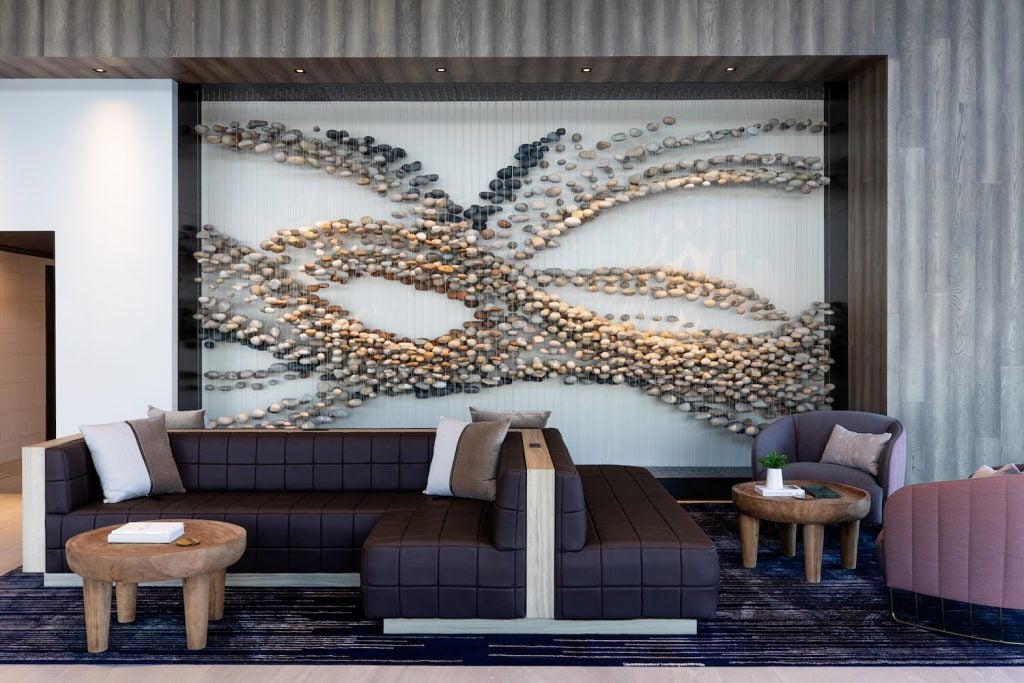
UCSD’s Park & Market venue offers a glimpse of Tecture’s artistic side. For the stunning installation Stone Flock, the studio suspended 7,000 pounds of small, rounded, gray and brown rocks in a formation mimicking the movement of starlings and sardines. Tecture sourced local beach rocks, plotted the undulating shape, coordinated thousands of drill holes, designed the support structure, and threaded all the stones on skinny steel wires. The piece defies the weight of its materials to create an impression of levity and movement.
The Tecture crew utilizes myriad materials and works hard to minimize waste. With every project, Michael says, “we think about what we’re using and what we’re losing—and can we get something else out of it?”
Reuse” is also the modus operandi at salvaged wood shop Urban Timber, open to the public for browsing on a spacious lot on Bay Boulevard in Chula Vista. Here, felled trees—otherwise headed to the chipper for mulch—have the potential to reach what co-owner Jessica Van Arsdale calls “tree nirvana:” a state of beauty and usefulness beyond uprooting. Artist, founder, and SD native Dan Herbst transforms waste wood into functional art, like community benches, fine furniture, shelving, countertops, interior built-ins, and exterior accents.
“It’s all about getting the right wood to the right people for the right situation,” Herbst says, one hand resting on a chainsaw. “Our job is to ensure all the wood’s beauty and strength is utilized.”
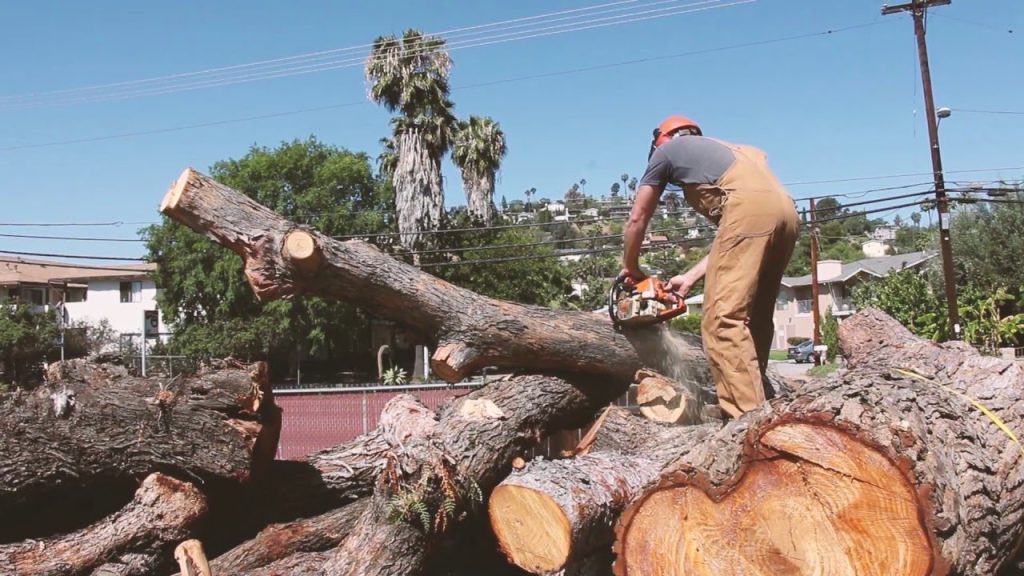
Customers who want their felled trees transformed into furniture can bring them to the site. Urban Timber also picks up trees in Herbst’s little truck, which is fitted with a custom-fabricated rig. Sometimes, the city drops them off. Urban Timber’s mighty crew of four has all the tools— including three kilns, two mills, and a metalworks—for a one-stop shop.
Herbst’s favorite woodworking medium is eucalyptus, or what some call “trash tree.”
“The first one I cut open, I had no idea all those ribbons and swirls were in the wood,” he recalls. “I wanted to see what was inside every tree.”
Eucalyptus abounds in San Diego, where early 1900s railroad barons planted it in droves and then abandoned it because it didn’t mature fast enough. Urban Timber turns tons of this “trash” into treasure. Partnering with Tiger Veil interior design, Herbst transformed a towering yet frail blue gum eucalyptus—a safety hazard in a Coronado park— into a satin-smooth, gleaming 12-foot dining table where a Leucadia family gathers every night.
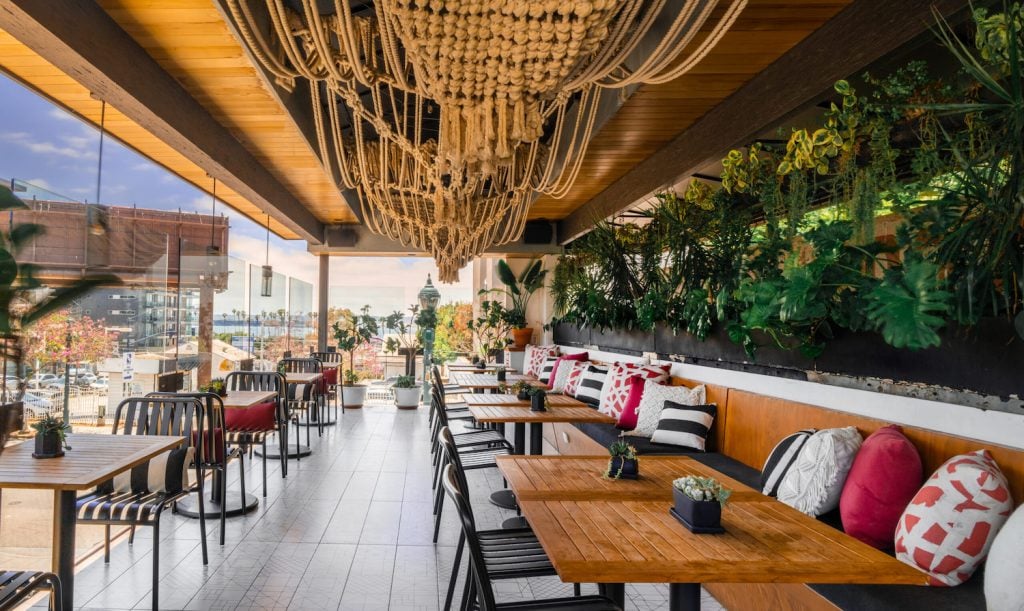
Herbst repurposed more eucalyptus for countertops at Devil’s Dozen on Kettner—a fitting salvation story to accompany delicious donuts. And remember that 100-year-old redwood grove in Balboa Park cut down in 2018 due to drought? Urban Timber reincarnated it as benches at Civita in Mission Valley and lobby adornments at Coronado Island Marriott. That eye-catching exterior at Raglan Public House in OB? Reclaimed fencing. You’ll also find Herbst’s eucalyptus benches amid living trees in UCSD’s Wind Garden and under the sprawling Moreton Bay Fig at Balboa Park.
Tecture turns to Urban Timber for reclaimed wood materials. Their latest collab: a reception desk for Alexandria Real Estate in Torrey Pines, fashioned from one huge eight-by-four-foot eucalyptus slab sliced parallel to create stacking boards with live edges.
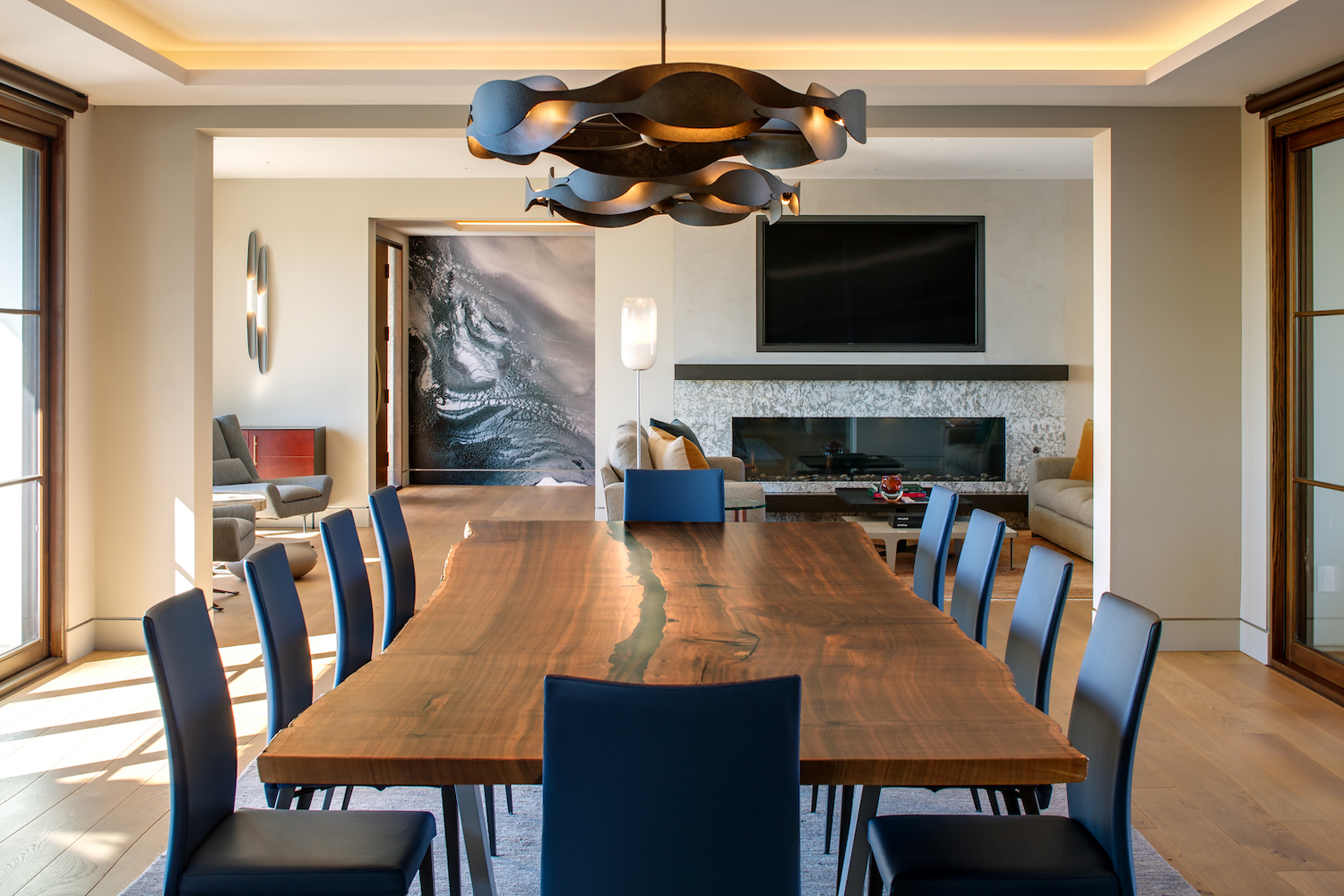
Urban Timber helped turn a fallen eucalyptus tree in a Coronado park into this 12-foot dining table.
Tecture’s creative approach has inspired other local businesses, including Austin McAdams Design and Fabrication. McAdams worked at Tecture for about two years after completing his MFA in furniture design and woodworking, then started accepting commissions. He founded his company in 2019. Jobs kept coming, and, two years ago, McAdams brought in former SDSU classmate Josh Torbick to partner on “100-percent custom” projects, like furniture, home interiors, restaurant build-outs, and boutique décor.
“If it’s cookie-cutter, we won’t do it,” says Torbick, a New Hampshire transplant. “A client will bring us a pretty picture and we’ll design-engineer how it should be built. Sometimes it goes a little sideways from the original vision, but we make sure it’s built to last.”
While other shops may turn down jobs because the details are too demanding, McAdams and Torbick see complicated builds—like those at Michelin-mentioned Paradisaea and lil’ sis Dodo Bird Donuts in Bird Rock—as an opportunity.

Austin McAdams Design and Fabrication created the peaceful bathroom hallway at Paradisaea.
“Paradisaea has hundreds of wood bends—all those serpentine baseboards!” McAdams says with a laugh and a groan. It took a vacuum bag, gobs of glue, and a custom mold to form each wood bend to match curves measured onsite, a process with no room for error.
“And the rattan, I don’t even want to talk about it,” McAdams continues. Rattan, made from palm, comes in woven form (think patio furniture) and is difficult to paint. But Paradisaea’s design dictated it, so McAdams and Torbick spent dozens of hours painstakingly staining copious amounts of rattan for the restaurant’s tropical-swank interior—a nod to palmy jungles and a testament to the dedication these guys put into the finished product.
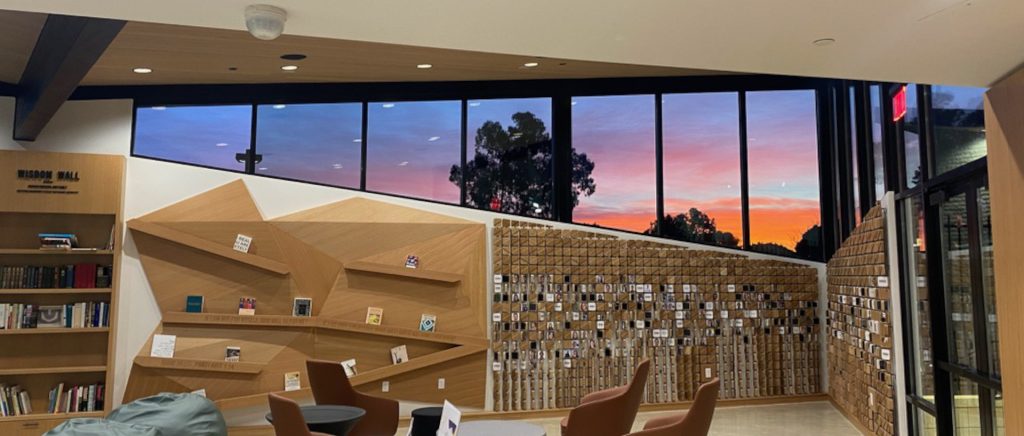
Ryoma Ramen, Storyhouse Spirits, every Better Buzz Coffee location, and Marrow Fine’s One Paseo jewelry boutique all feature McAdams’ handiwork. Visit UCSD’s Glickman Hillel Center to see his efforts on the Wisdom Wall: 1,500 CNC-cut and hand-sanded five-by-five-inch white oak wood tiles featuring students’ faces and personal stories.
PARTNER CONTENT
After time in the Marines and many hands-on years, McAdams now mostly works behind a computer, drafting plans and adding finishing touches for his team. He’s currently prototyping an original line of furniture.
McAdams says one of his favorite builds is an X-shaped desk for former Padres owner Peter Seidler. “The X shape gives everyone an equal seat at the table,” he adds.










